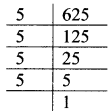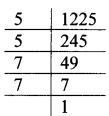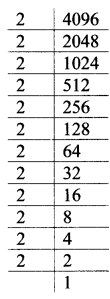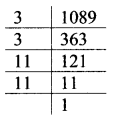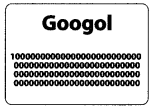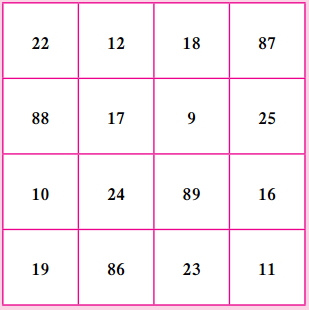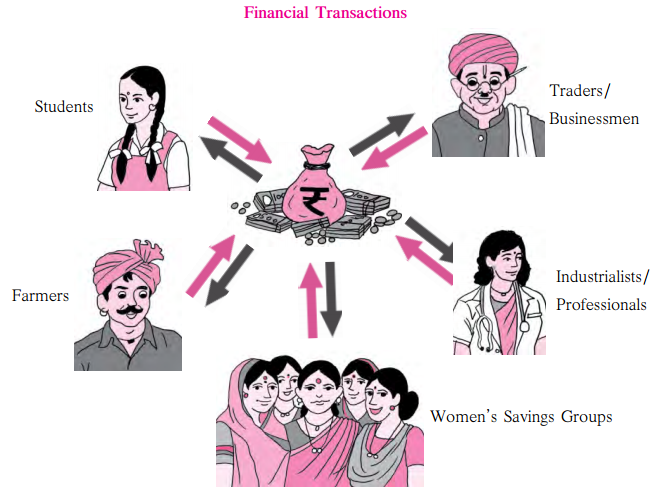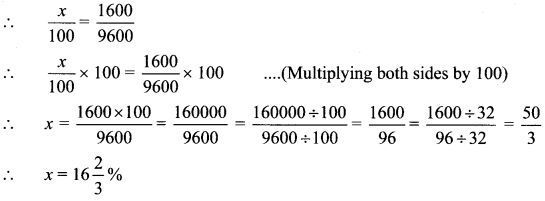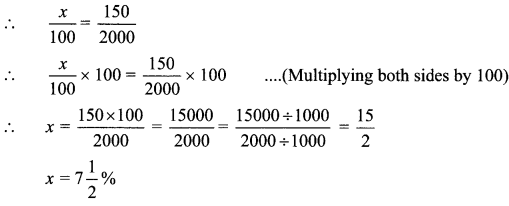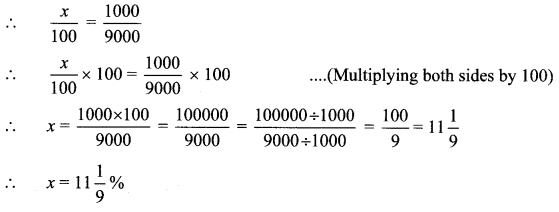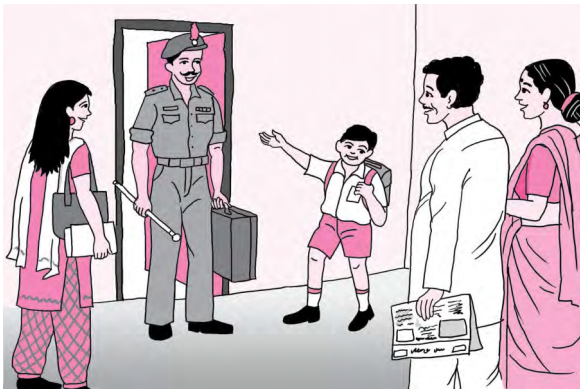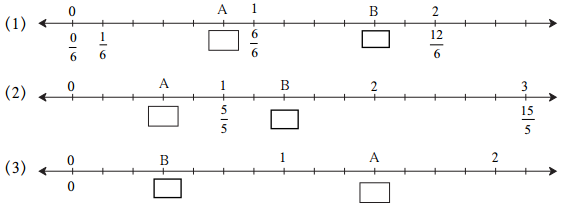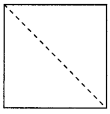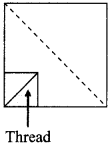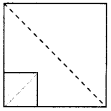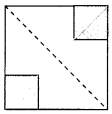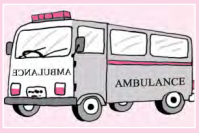Balbharti Maharashtra State Board Class 6 Maths Solutions covers the Std 6 Maths Chapter 3 Integers Class 6 Practice Set 8 Answers Solutions.
6th Standard Maths Practice Set 8 Answers Chapter 3 Integers
Question 1.
Subtract the numbers in the top row from the numbers in the first column and write the proper number in each empty box:
| – | 6 | 9 | -4 | -5 | 0 | +7 | -8 | -3 |
| 3 | 3 – 6 = -3 | |||||||
| 8 | 8 – (-5) = 13 | |||||||
| -3 | ||||||||
| -2 |
Solution:
| – | 6 | 9 | -4 | -5 |
| 3 | (+3) + (-6) = -3 | (+3) + (-9) = -6 | (+3) + (+4) = 7 | (+3) + (+5) = 8 |
| 8 | (+8) + (-6) = +2 | (+8) + (-9) = -1 | (+8) + (+4) = 12 | (+8) + (+5) = 13 |
| -3 | (-3) + (-6) = -9 | (-3) + (-9) = -12 | (-3) + (+4) = 1 | (-3) + (+5) = 2 |
| -2 | (-2) + (-6) = -8 | (-2) + (-9) = -11 | (-2) + (+4) = 2 | (-2) + (+5) = 3 |
| – | 0 | +7 | -8 | -3 |
| 3 | (+3) – 0 = 3 | (+3) + (-7) = -4 | (+3) + (+8) = 11 | (+3) + (+3) = 6 |
| 8 | (+8) – 0 = 8 | (+8) + (-7) = 1 | (+8) + (+8) = 16 | (+8) + (+3) = 11 |
| -3 | (-3) – 0 = -3 | (-3) + (-7) = -10 | (-3) + (+8) = 5 | (-3) + (+3) = 0 |
| -2 | (-2) – 0 = -2 | (-2) + (-7) = -9 | (-2) + (+8) = 6 | (-2) + (+3) = 1 |
Maharashtra Board Class 6 Maths Chapter 3 Integers Practice Set 8 Intext Questions and Activities
Question 1.
A Game of Integers. (Textbook pg. no. 20)
The board for playing this game is given in the back cover of the textbook. Place your counters before the number 1. Throw the dice. Look at the number you get. It is a positive number. Count that many boxes and move your counter forward. If a problem is given in that box, solve it. If the answer is a positive number, move your counter that many boxes further. It it is negative, move back by that same number of boxes.
Suppose we have reached the 18th box. Then the answer to the problem in it is -4 + 2 = -2. Now move your counter back by 2 boxes to 16. The one who reaches 100 first, is the winner.
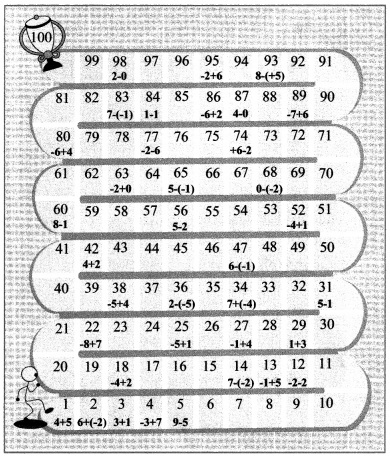
Solution:
(Students should attempt this activity on their own)
